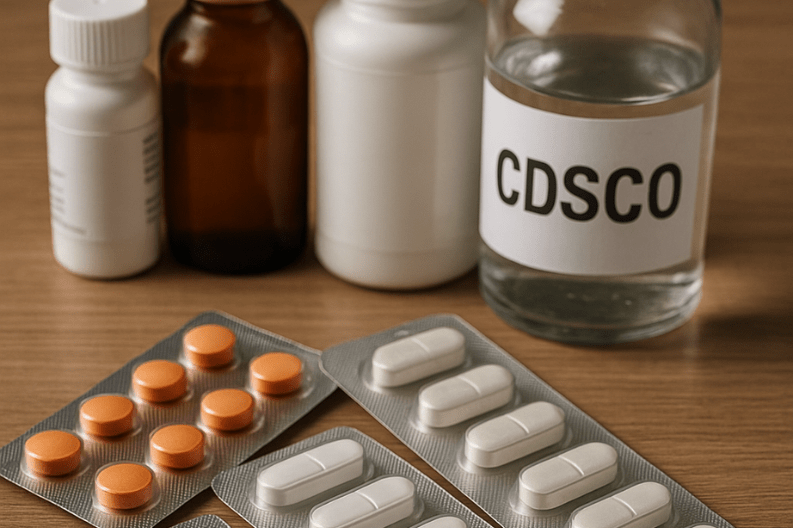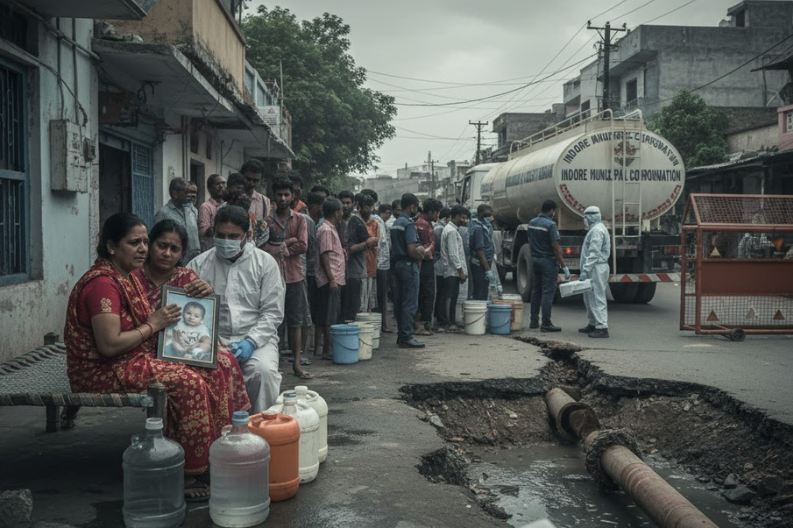On September 18, 2025, CDSCO reports 94 poor quality drug samples raising concerns about medicine safety in India. The Central Drugs Standard Control Organisation (CDSCO) shared that these samples, tested in August, failed to meet required safety and quality standards. CDSCO plays a crucial role in protecting public health by making sure that medicines are safe and effective.
The issue came to light during routine testing by both the Central and state drug regulators. Central Drugs Laboratories found 32 drug samples that failed quality checks. At the same time, State Drug Testing Laboratories reported 62 more samples as not meeting the required standards.
Every month, the CDSCO publishes a list of “Not of Standard Quality (NSQ)” and spurious drugs. This monthly drug alert keeps the public informed and ensures unsafe medicines are flagged quickly. Officials explained that a failed batch does not mean every drug from the same manufacturer is unsafe. Each test applies only to the specific batch under review.
The August report also revealed three spurious drug samples from Bihar. An unauthorized manufacturer made these drugs using brand names owned by other companies. Spurious drugs pose a serious risk because they can harm patients who depend on safe medicines. Authorities confirmed that investigations are ongoing and strict action will follow under the law.
Officials stressed that such findings highlight the importance of collaboration between central and state regulators. This system makes it possible to quickly detect poor quality or fake medicines and remove them from the market before they cause harm.
In July 2025, CDSCO took similar action against 143 drug samples. That month, Central labs identified 46 substandard samples, while State labs found 97 more. These numbers show how widespread the issue can be and why regular testing is so critical.
India’s health system depends heavily on safe and effective medicines. People trust doctors and pharmacists to give them treatments that will not cause harm. For this reason, regulatory bodies like CDSCO must remain strict in monitoring the market. Their vigilance helps ensure that medicines are safe for patients in every corner of the country.
Experts also emphasize the need for strong awareness campaigns. Patients should learn about the risks of poor-quality or spurious drugs and understand why drug alerts matter. By staying informed, the public can make better choices about their health and avoid unsafe products.
This continuous monitoring of drug safety is not just about removing harmful products. It also encourages companies to maintain high manufacturing standards. With strong checks in place, the pharmaceutical industry can stay trustworthy and globally competitive.
In conclusion, CDSCO reports 94 poor quality drug samples, reminding everyone that drug quality control is essential for public health. With strict regulations, monthly surveillance, and public awareness, India can protect patients and ensure that only safe medicines remain in circulation.



